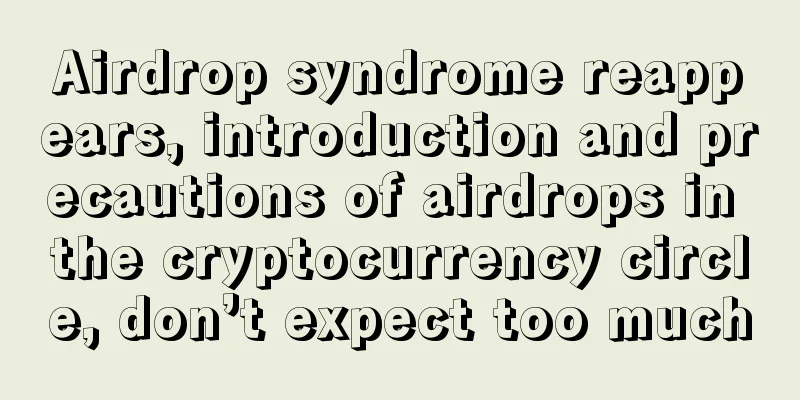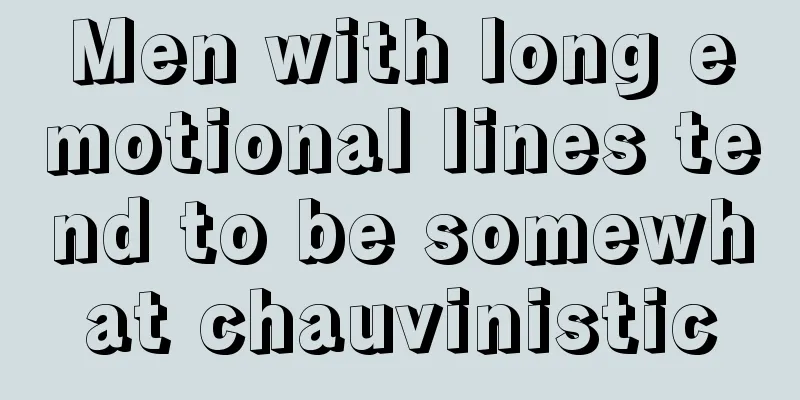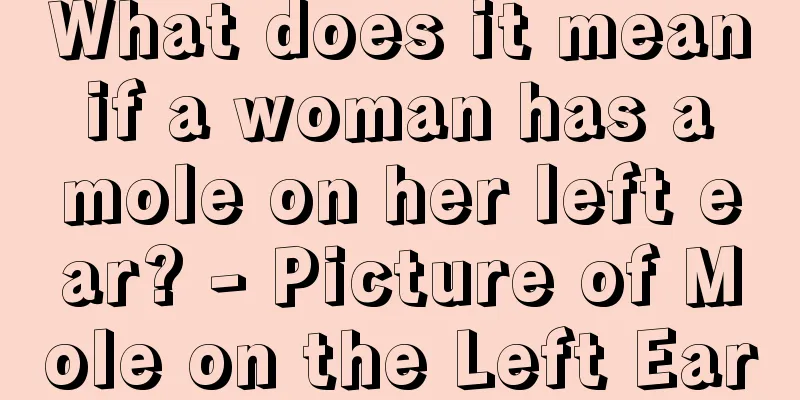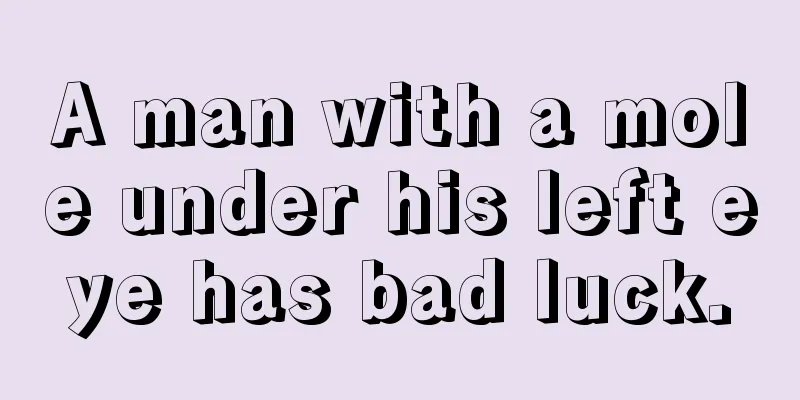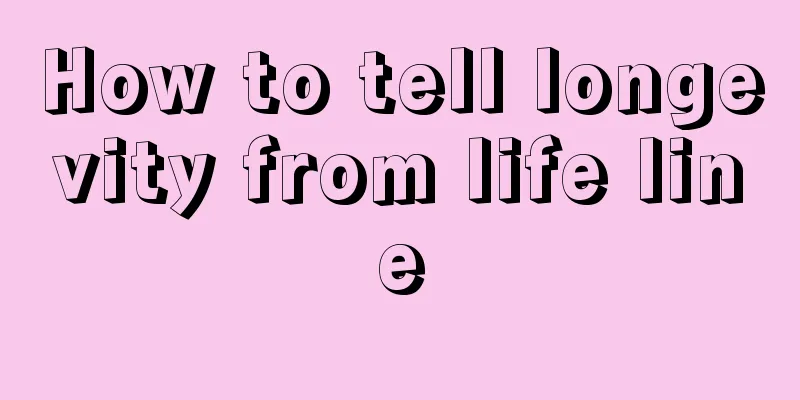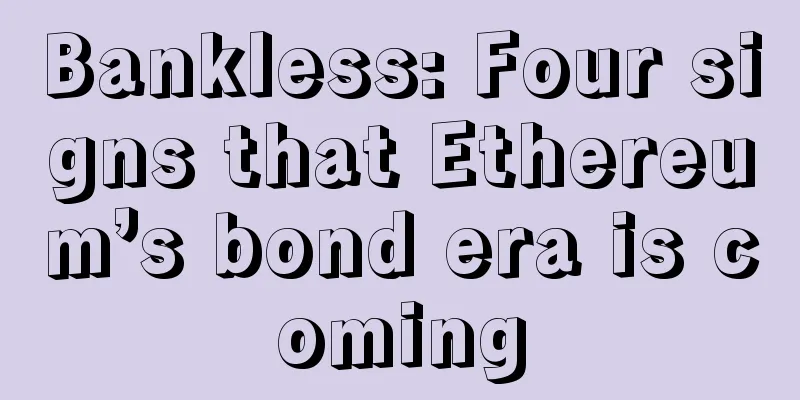Bad news for miners, Ethereum block rewards may drop to 0.5ETH?

|
A thunderclap suddenly occurred out of nowhere. This time, the bombshell came from the official discussion community of Ethereum developers, the Ethereum Magician Forum. This was because a proposal appeared in the Ethereum developer proposal to further reduce the Ethereum block reward, from 2 ETH per block to 0.5 ETH. I have been paying attention to DeFi recently, so I haven't read the Ethereum Magician Forum for a few days, but I was really shocked when I saw this proposal. In the mining world of Ethereum, miners from all countries or regions attach great importance to the issue of mining rewards, because this is directly related to everyone's income. Looking at the entire mining field, especially the Chinese cryptocurrency mining circle, the miners in the mining circle are already very exhausted because of the halving of Bitcoin or other mining coins. However, the recent bull market is still relatively easy. But when the proposal to reduce block rewards comes out this time, are you feeling nervous again? Several contributors to the White Plan looked at the information and found that the authors of this proposal were not actually pure miners. One was a member of Consensys and also the founder of some cryptocurrency application projects. The other was the head of the French Ethereum community and an economist. Therefore, the two authors' thinking is based on model discussion, mainly focusing on the impact of inflation. The White Project team looked at the github page of this proposal. This proposal is still under revision. The author and EIP reviewer are only reviewing the specifications of the proposal. Due to the openness of the community, the EIP reviewer has not expressed any substantive opinions on the proposal. The current status of this proposal is that it is being discussed extensively in the Ethereum Magician forum. However, many people do not agree with this proposal. Let’s take a look at the specific content of the proposal: Proposal title: Reduce Ethereum block rewards to 0.5 ETH in 2020 Author: John Lilic (Consensys member), Jerome de Tychey (Head of Ethereum France, economist) Status: Draft Type: Standards Track Created on: 2020-08-11 To summarize briefly: This EIP will reduce the overall rewards paid to proof-of-work validators. OverviewAmong the top 4 PoW blockchains, Ethereum has paid the highest inflation rate for block verification (Note: because token issuance is through block rewards). However, blockchains that are much larger than Ethereum and have much lower inflation rates have not suffered any adverse effects. Paying excessive fees to block validators is an inefficiency that negatively impacts all ETH holders by unnecessarily expanding the monetary base and reducing purchasing power for all Ether holders. This EIP will reduce block rewards to bring inflation in line with Bitcoin, the largest cryptocurrency by market cap. Therefore, the block reward will be adjusted to 0.5ETH, and the rewards for uncle blocks and orphan blocks will also be adjusted accordingly. PurposeToo high an overall reward is inefficient and has a negative impact on the economic ecosystem. In the past, the block reward has been adjusted twice along with the previous difficulty bomb. The most recent difficulty adjustment, MuirGlacier, does not include an adjustment to reduce the block reward, breaking the previous status quo. This EIP will restore the previous status quo of regular block reward reductions based on economic conditions. With the upcoming release of ETH2.0 Phase 0 staking, Ethereum's inflationary pressure will increase further. Reducing block rewards before ETH2.0 Phase 0 staking will help mitigate the negative effects of inflation. specificationThe parameters defining the block reward in the source code will be adjusted accordingly. RationaleWe first determine the target block reward by comparing Bitcoin’s inflation rate: At the time of the Bitcoin halving, there were 18,375,000 Bitcoins in circulation. 328,500 new Bitcoins are mined each year (6.25 BTC/day * 144 blocks per day * 365 days per year). Therefore, Bitcoin’s annual inflation rate is approximately 1.78% (328,500 / 18,375,000 * 100). At the time of writing, there are 110,875,500 ETH in circulation. 4,982,250 ETH are mined each year (13,650 ETH/day * 365 days in a year). Ethereum’s annual inflation rate is therefore 4.49%. (4,982,250 / 110,875,500 * 100). The above calculation data comes from: https://etherscan.io/chart/blockreward The comparison shows that Ethereum currently pays 2.52 times more block rewards than Bitcoin. To further illustrate this, if the ETH/BTC price ratio increases to 0.041, all else being equal, Ethereum will pay a higher validation reward than Bitcoin in USD terms, despite having a 3x smaller market cap. Sometime after November 2020, Ethereum 2.0 Phase 0 will launch. This chain will further increase Ethereum’s inflation rate as it will pay rewards to all users who participate in staking and verifying blocks. The annual issuance of staked ETH is planned to be equal to 181 * SQRT (the total amount of staked ETH). The following figure illustrates some possible values. Because there can’t be 100,000,000 ETH on the beacon chain. Therefore, we will use a smaller number of 10M for estimation. At this rate, ETH’s inflation rate will increase to 5,554,683 ETH/year. (4,982,250 + 572,433 = 5,554,683). With an annual inflation rate of approximately 5.00% (5,554,683 / 110,875,500 * 100), Ethereum’s inflation rate will be 2.81 times higher than Bitcoin’s (5.00 / 1.78). In order to calculate the amount of block subsidy required to achieve equal inflation with Bitcoin, we must first remove our estimate of ETH2.0 issuance in order to determine the maximum annual PoW reward. 1,973,583.9-572,433 = 1,401,150.9 maximum annual PoW reward. Now, we calculate the maximum daily reward. 1,401,150.9 / 365 = 3839 maximum daily PoW rewards With a target time of 13 seconds, there are approximately 60 60 24 / 13.1 = 6,646 blocks per day 3839/6646 = 0.5776 ETH per block According to Etherscan statistics, uncle block rewards account for about 5% of the total daily rewards. Therefore, the base of block rewards should be 0.5776 * 0.95 = 0.549. Therefore, we get a fee rate of 0.55 ETH per block reward to match Bitcoin’s inflation rate. However, we further note that Ethereum’s transaction fee market has risen sharply this year. As of August 11, 2020, when this EIP was released, transaction fees account for almost 80% of the current block reward (2ETH). Therefore, even if the block reward is set to zero, miners will still earn 1.8ETH from transaction fees per block. Due to the huge gas market, we recommend rounding the calculation of the block reward from 0.55 to 0.5, which means (at the time of writing) miners will probably receive 1.8ETH in fees + 0.5ETH in rewards, or 2.3ETH per block. Backwards compatibilityAll nodes must be upgraded to reflect the change in block rewards. Safety precautionsChanging the overall block reward is purely an economic exercise that requires only a change in the collective reward parameters. From an economic point of view, too low a block reward may lead to low miner participation due to insufficient economic incentives. This may lead to reduced network security, which may put PoW blockchains at risk of 51% reorganization attacks. In this EIP, we have provided economic evidence that reducing the block reward to 0.5 ETH will not have a negative impact on security, comparing Ethereum block rewards to other larger market cap blockchains. We further note that miners’ housing and electricity costs are priced in fiat (there are currently no power companies in the world that charge electricity in ETH). Therefore, miners make mining decisions based on the fiat income they hope to receive. In USD terms, if this EIP is accepted, miners will still be paid more than they were 3 months ago (and still above the 12-month average). Therefore, with this EIP, the network is still more secure than it was 3 months ago, when ETH was half the price it is now and transaction fees were a fraction of what they are now. |
<<: Uncovering the US digital currency terrorism case, affecting 12 major US exchanges
>>: Filecoin Space Race will start on August 25
Recommend
Is it good for a man to have a mole on his left shoulder? What does a mole on a man’s left shoulder mean?
Although not everyone has moles on their shoulder...
What does a mole on the palm mean? How to tell your destiny from a mole on the palm
Spread out your hands. Do you have any moles on y...
Russian Information Minister: We will weigh how to use blockchain technology based on the interests of the masses
According to Russian news outlet TASS, Russian In...
How to tell a person's personality from the shape of his fingers
Generally, fingers can be divided into four shape...
How to tell if a woman has a fierce face? What are the auspicious facial features for women?
Face reading is an important part of traditional C...
Determine which coin you should mine in 1 minute?
Newbies who have just started mining may not unde...
Blockstream expands technical team to become blockchain standards leader
Rage Review : Blockstream is a company full of ta...
What is the fate of a person with big eyes and a bright face?
In fact, generally speaking, if a person has big ...
What does a mole on a woman's foot mean for her fate?
1. A mole on the sole of a woman's foot repre...
What are the 9 signs of rich people's palms?
As we all know, palmistry is closely related to o...
The biggest dark horse of 2020 is coming, DCCY is strongly listed on hundreds of exchanges!
In 2019, blockchain survived a cold winter. This ...
Is it good for a man to have raised sun and moon corners? What does Sun and Moon Corner mean?
Is it good for a man to have raised sun and moon ...
Palmistry of women: Characteristics of palmistry of women with strong self-awareness
Women's palmistry, palmistry characteristics ...
Is it good for a woman with a crooked nose? She has evil intentions and is likely to go astray!
What does a crooked nose mean for a woman? A croo...
What kind of woman looks kind and simple
As the saying goes, appearance reflects the heart...


